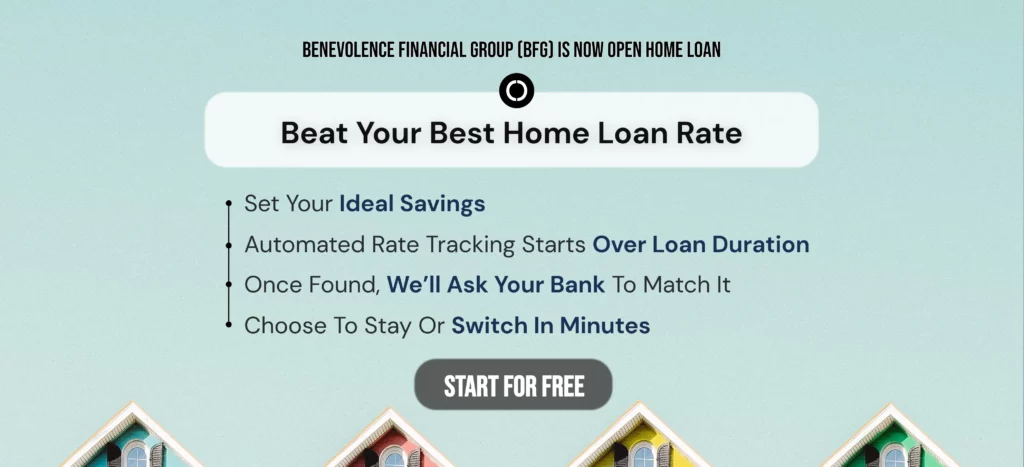When it comes to obtaining a home loan as a self-employed borrower, one of the biggest challenges is proving your income. Unlike those who are employed by a company, self-employed borrowers have a more complex income structure that may not be easily verified by traditional methods.
- Tax Returns
One of the most common ways to verify income for self-employed borrowers is through tax returns. Lenders typically require at least two years of tax returns to verify your income. They will look at your net income, which is the amount you earned after deducting business expenses, and use that to calculate your debt-to-income ratio. A low debt-to-income ratio can increase your chances of being approved for a home loan.
- Profit and Loss Statements
Profit and loss statements are another way to verify your income as a self-employed borrower. These statements show your business’s income and expenses over a specific period of time. Lenders may require you to provide profit and loss statements for the current year and the previous year. This can help to demonstrate that your income is stable and consistent over time.
- Bank Statements
Bank statements can also be used to verify income for self-employed borrowers. Lenders may look at your bank statements to verify that your income matches the income reported on your tax returns or profit and loss statements. They may also look for regular deposits and examine your business’s cash flow to determine your ability to make mortgage payments.
- Invoices and Contracts
Self-employed borrowers can also use invoices and contracts as evidence of income. If you have long-term contracts with clients or receive regular payments for services rendered, this can help to demonstrate that your income is stable and consistent. Lenders may require you to provide copies of contracts or invoices to verify your income.
- Automated Underwriting Systems
Automated underwriting systems, such as Fannie Mae’s Desktop Underwriter and Freddie Mac’s Loan Product Advisor, are becoming more common in the mortgage industry. These systems use algorithms to analyze your financial data and provide an automated decision on your loan application. They can be beneficial for self-employed borrowers as they may be able to analyze income in a more nuanced way than traditional underwriting.

